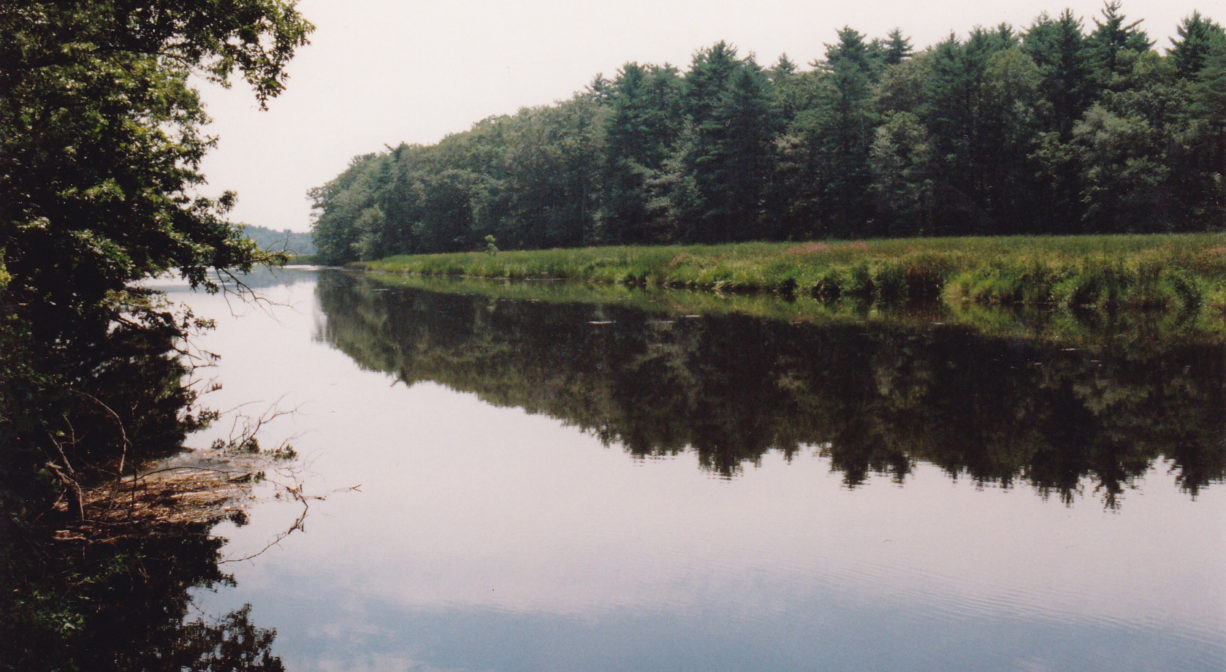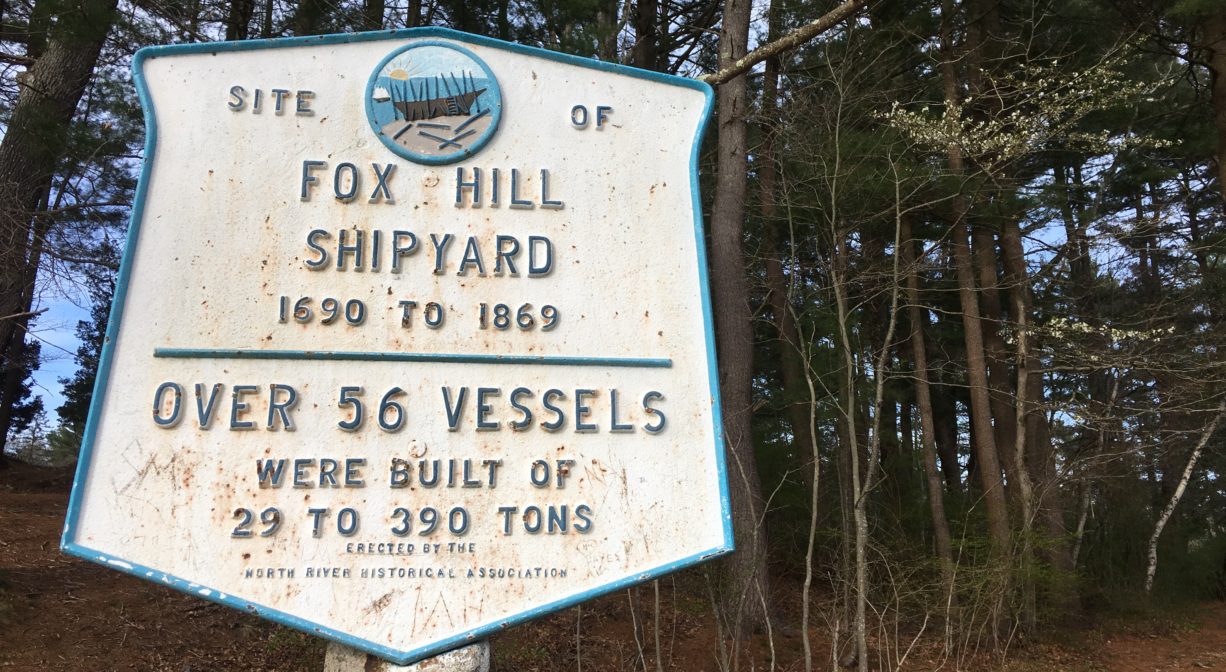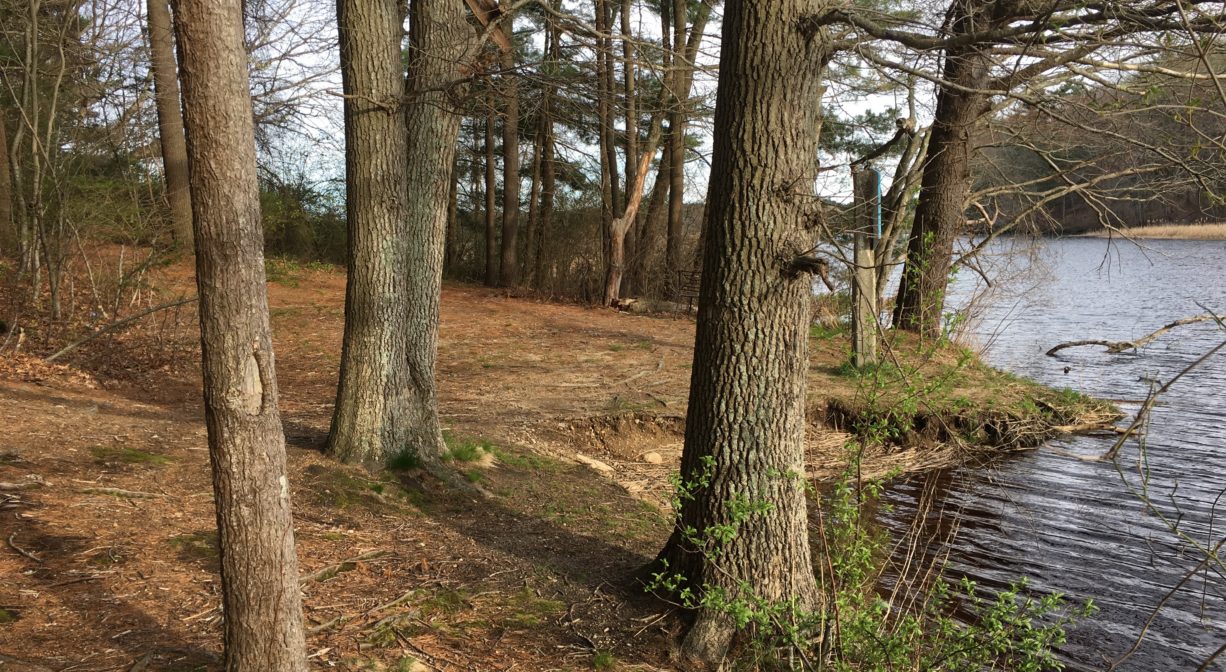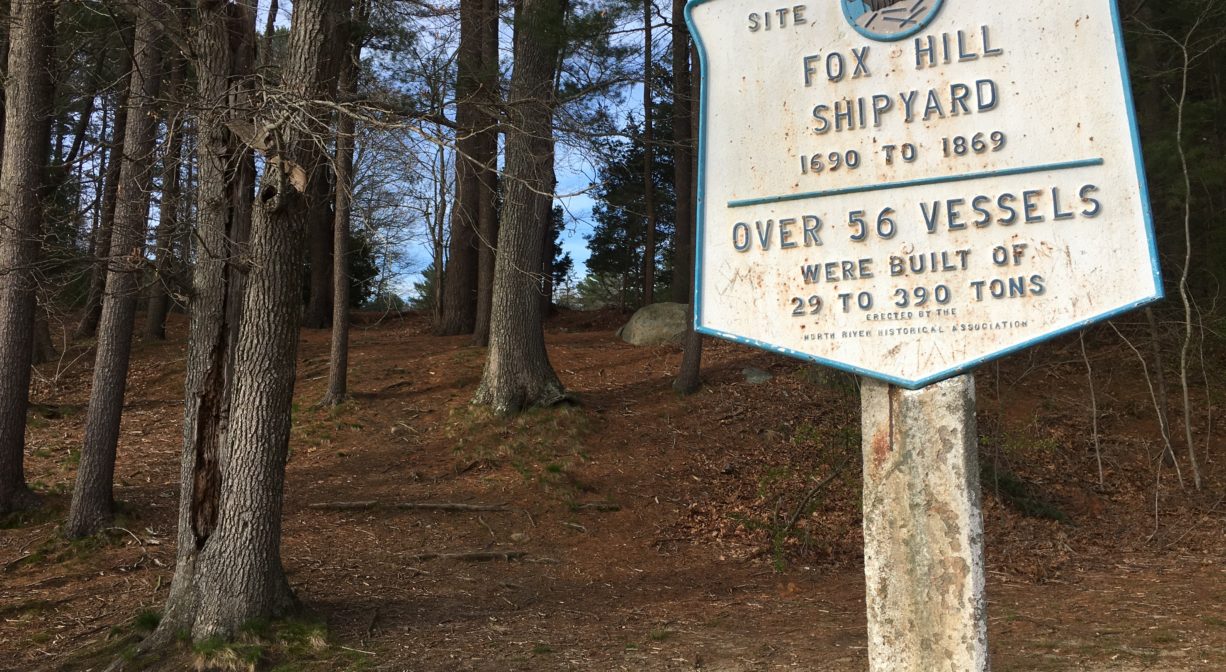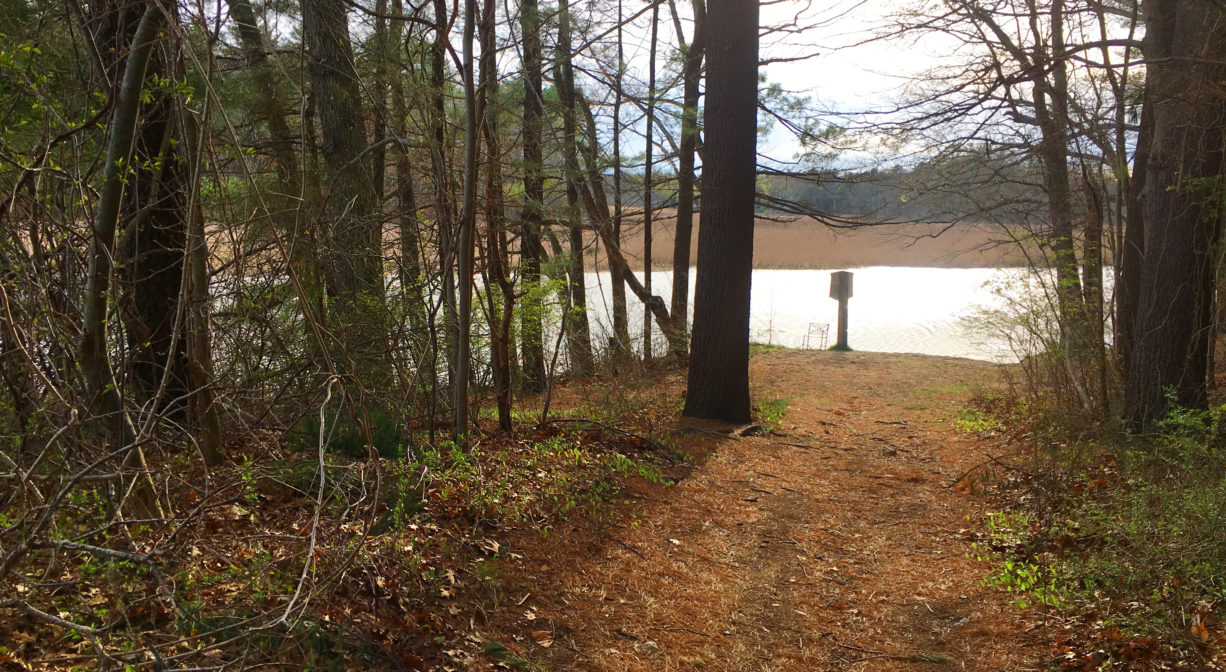68 Brigantine Cir, Norwell, MA 02061, USA
Owned By: Barque Hill Association
A historic marker at this spot on the North River in Norwell indicates the location of the Fox Hill Shipyard, which was active from 1690 to 1869. Barstow and Waterman built a number of sleek hermaphrodite brigs here. The yard is now part of the Barque Hill neighborhood. No public access, but you can view the historical marker from the water.
Features
The location of the Fox Hill Shipyard is often described in history books as “at the foot of Sunset Hill.” The earliest shipbuilders to work here were Nathaniel Church and John Palmer, circa 1690. Church had a farm on the North River in South Scituate (Norwell), south of Cornet Robert Stetson’s place, across the river from Job’s Landing. There are records of Palmer living in South Scituate prior to 1660. In 1660, he built a log bridge over the Third Herring Brook probably at today’s River Street. The descendants of Church and Palmer very likely continued the business of shipbuilding here.
Michael Ford Jr. and William Copeland (his brother in law) were the next shipbuilders to work here, probably after 1799. They were both joiners — skilled wood craftsmen. Michael Ford III (born 1814) worked at his father’s shipyard – which by then was called Copeland, Ford & Pratt — at age 16. He also worked at the Barstow, Briggs, Foster and other yards. In 1815, Copeland built a large ship here, the Heroine (337 tons), which was employed by the Fairhaven whaling fleet.
Barker Turner worked here with Copeland. His first vessel of record was the schooner Orient (42 tons, 1813), followed by the schooner Beaver (29 tons, 1814). Turner and Copeland continued to build ships here — together and separately — in the years that followed. Elias W. Pratt, Elisha Tolman, Capt. Thomas Waterman, Joseph S. Bates, and Elisha Barstow also built ships here. Quite a number of schooners and brigantines were constructed in the decades the followed.
The final ship built at Fox Hill Yard was the schooner Hope On (191 tons, 1869), the second to last vessel constructed on the North River. The ship was not commissioned, and it took nearly two years for it to be sold, as the market for ships had declined significantly by this time.
The local shipbuilding industry sometimes employed slave labor. Both Boston and Newport were slave trading hubs, and some of the ships built on the North River were use in the slave trade.
This land is within the region of the Massachusett (or Massachuseuk) Native American tribe. For thousands of years, the land today known as Norwell was inhabited by indigenous people who grew crops, foraged, hunted, and fished in the Assinippi and North River areas. Circa 1617, a major outbreak of disease decimated an estimated 90% of the native population in New England. Descendants of these original inhabitants are living here today. They are known as the Mattakeesett Tribe of the Massachusett Indian Nation, the Massachusett Tribe at Ponkapoag, the Herring Pond Wampanoag, and the Mashpee Wampanoag tribe.
Habitats and Wildlife
There were 24 shipyards along the North River. Together they produced over 1,000 ships. All of those vessels were built with lumber culled from the surrounding forests. By the middle of the nineteenth century, few large trees remained. After the decline of the shipbuilding industry, the forests began to regenerate. Now, thanks in large part to conservation efforts, those forests have grown, providing essential wildlife habitat in the river corridor.
This property is located directly on the North River. The North River rises from marshes and springs in Weymouth, Rockland and Hanson. It is approximately 10 miles in length, with its source at the confluence of the Indian Head River (Hanover) and Herring Brook (Pembroke). From there it flows through the towns of Hanover, Pembroke, Marshfield, Norwell, and Scituate to the Atlantic Ocean between Third and Fourth Cliffs, draining approximately 59,000 acres along the way.
Historic Site: Yes
Park: No
Beach: No
Boat Launch: No
Lifeguards: No
Hours: Dawn to Dusk
Parking: Water access only. No public parking or access.
Dogs: No
Boat Ramp: No
ADA Access: No
Scenic Views: Yes
Waterbody/Watershed: North River

